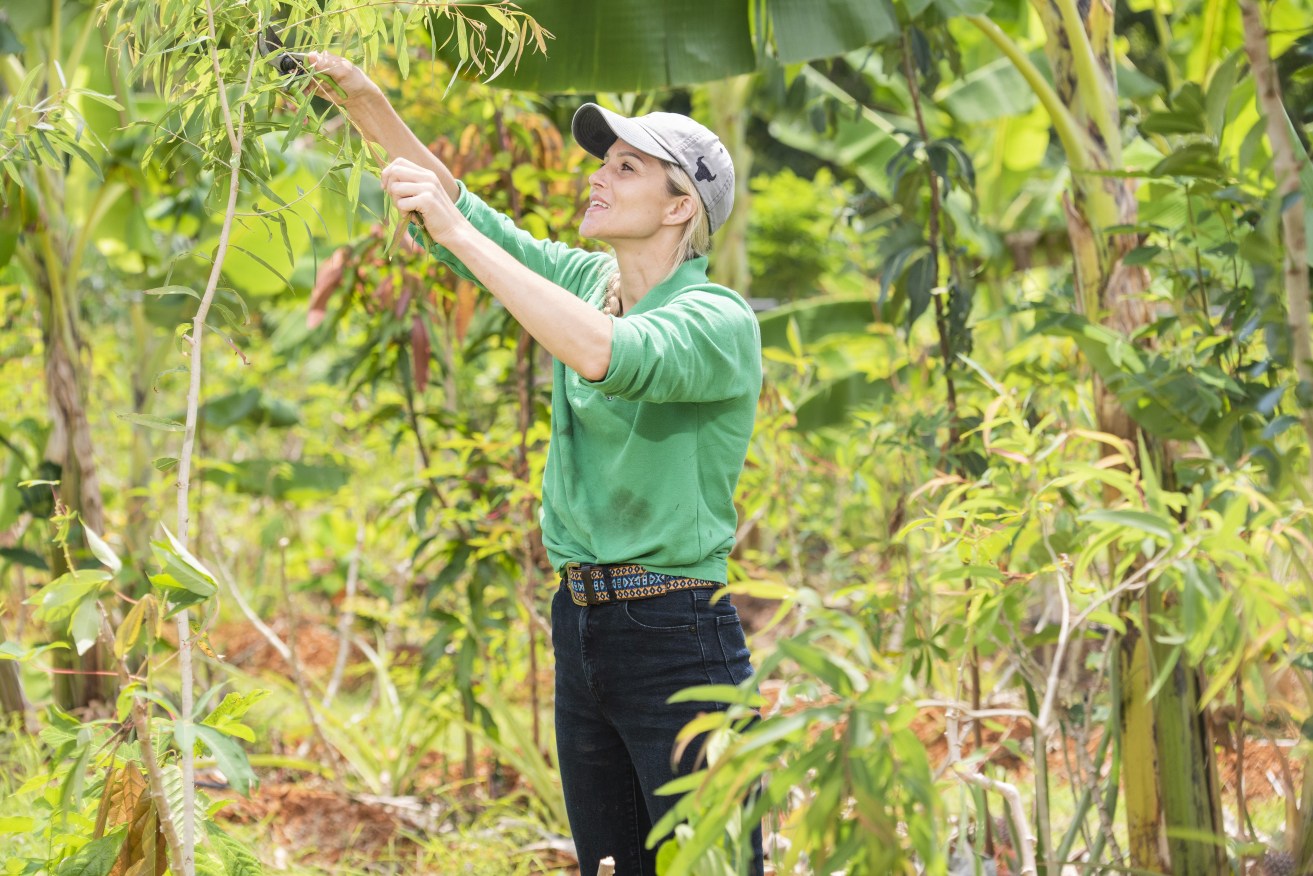Farmer wants a life, but rural property ladder out of reach for young Qlders
A surge in agricultural land prices has farm leaders worried about how young people will gain a foothold on the rising rural property ladder and feed the nation in the future.


The rising cost of rural properties is freezing many would-be young farmers out of the market. (Image: AAP)
Queensland Farmers Federation chief executive Jo Sheppard calls the lift in farmland value a “double-edged sword” for those who already hold property and those still trying to break into the market.
Competition for agricultural land has probably never been fiercer, she says, with mining, gas, renewable energy projects, urban encroachment and environmental re-zoning all combining to put unprecedented pressure on country once preserved for growing food.
“Strong land valuations are good news for existing agricultural enterprises as it contributes to an overall increase in the worth of their property,” Sheppard told InQueensland.
“However, at the same time increasing land valuations are playing havoc with rating impacts across Queensland making it more difficult for new entrants to buy for the first time.
“Increased land valuations can also be challenging in some instances for farming families in succession planning.”
With the cost of agricultural land set for double digit growth in 2023, NSW’s peak farming body warns aspiring young farmers will find it harder to get a start.
“Like we’re seeing in the housing market, the rising property prices are good for older people looking to sell but are really tough for the next generation,” NSW Young Farmers Council chair Martin Murray said.
“The big problem for Australia and our future food supply is if we don’t get young farmers coming through, we won’t have anyone to grow our food in the future – it’s that simple.”
High commodity prices and good weather conditions for most of Australia caused land prices to increase by nearly 30 per cent in 2021 and 2022, a new report by agribusiness banker Rabobank revealed.
“Prices for most major commodities reached record highs, widespread rainfall supported agricultural yields – which also surpassed historical records in some regions,” report author Vitor Pistoia said.
Despite strong production, rising inflation is squeezing the ability of farmers to turn a profit.
Sheppard attributes farm input costs rising in tandem with farmland values as behind the cost-price squeeze.
“Whilst the farm may be increasing in value on a value sheet, this is not always reflected in the bottom line or profitability of that enterprise and for those entering farming with significant debt burdens, this can make enterprises marginal,” she said.
Murray said “serious investment” in farm productivity was needed to help farmers make ends meet, as rising interest rates and input costs compound landholders’ financial challenges.
Rural property sales for 2023 have continued to break records, but Rabobank has predicted a possible slowdown from next year which could potentially last until 2028.
Increasing interest rates, along with the expected onset of an El Nino climate pattern bringing drier weather to Australia may hamper agricultural yields and impact farmers’ appetite for buying land.
“Commodity prices are likely to remain at good levels for farmers for the next one to two years,” Pistoia said.
“However, the drier forecast may result in lower yields and reduced margins, while rising interest rates will curtail long-term investment plans.”
The latest report analysed Digital Agricultural Services farmland sales data, which excludes lifestyle and non-market transactions.
In 2022, the cost of cropping land increased by 29 per cent, livestock grazing land by 26 per cent and dairy by 29 per cent, the data showed.
All states recorded an increase, with South Australian farmland prices rising the most at 34 per cent.
While some may see the outlook as dire, Sheppard is more optimistic, believing adversity is forcing young people to “think outside the box”, which will bring further innovation to the industry.
“This includes looking at different investment models and ensuring a diversity of income streams to ensure the business they are running on the land is able to serve the debt as well as provide a return,” she said.
“Leasing arrangements, shared equity models, and combining farming with off-farm incomes are all being utilised by new entrants to farming to break into the industry.”
She said services such as the privately run Cultivate Farms, a social enterprise that matches aspiring farmers with retiring farmers and investors to share property ownership, were generating interest among young people looking to get into the industry.
“We are also seeing an increase in interest from many schools who are looking to support their students find a future in agriculture, so it is important that we capitalise on this growing interest,” she said.
“Farming is a specialised and important skill set needed to ensure we are able to continue to produce the world’s best food, fibre and foliage for generations to come.”








